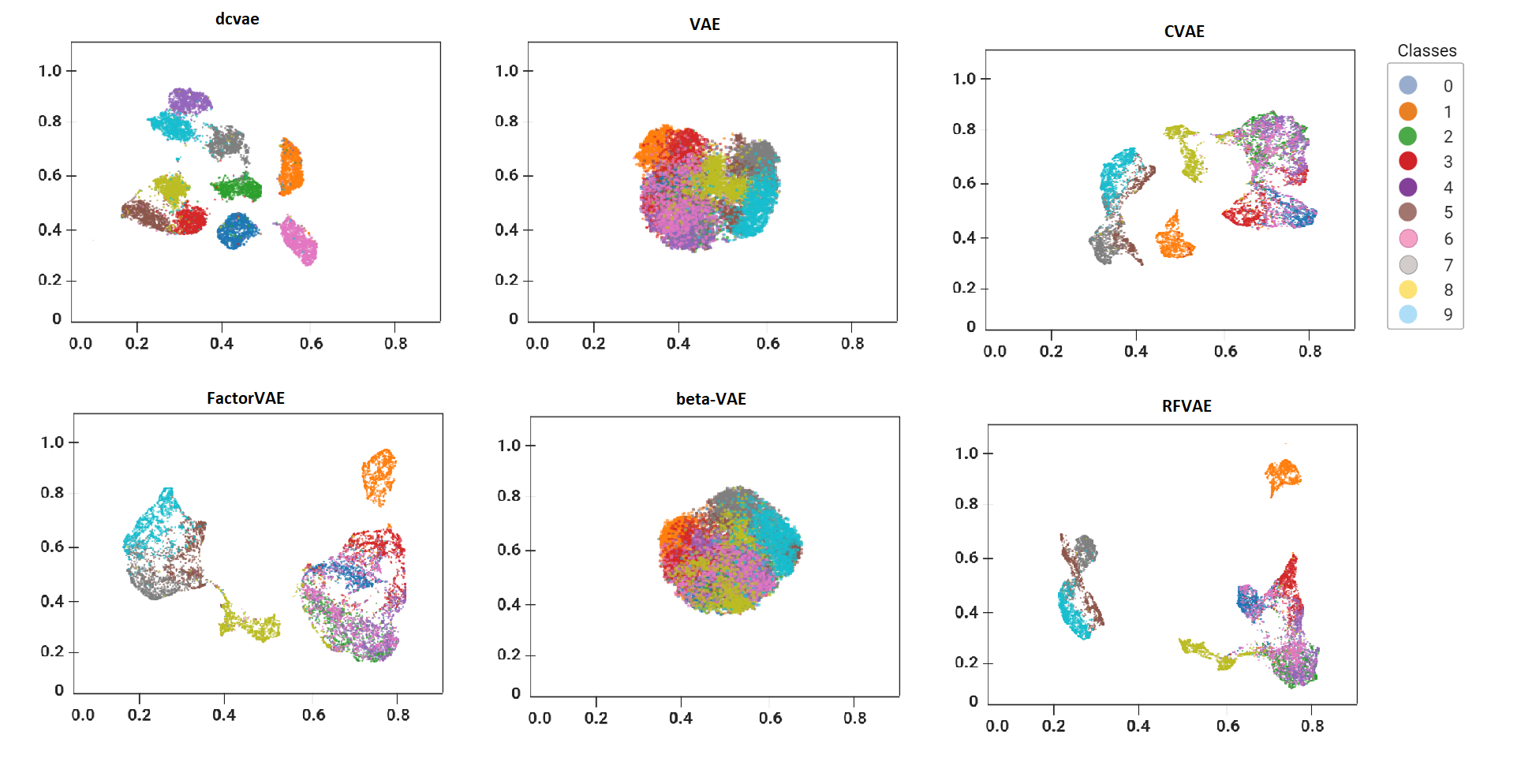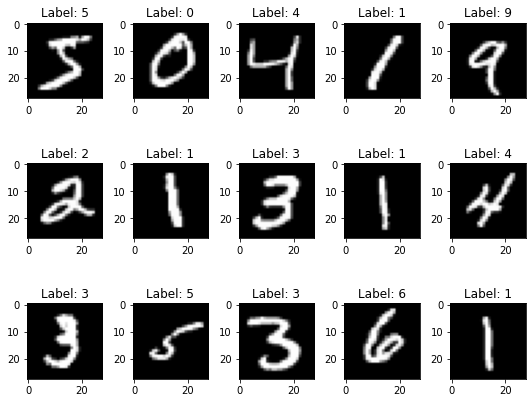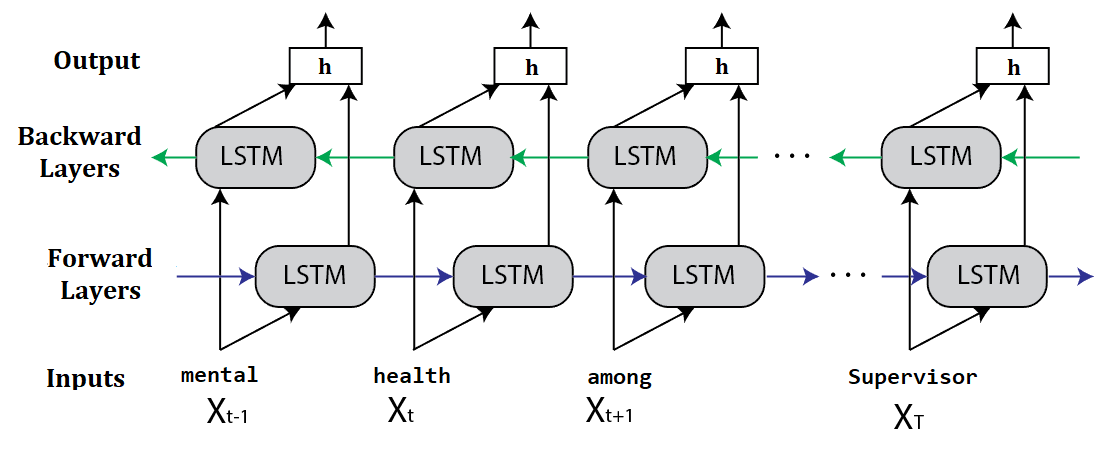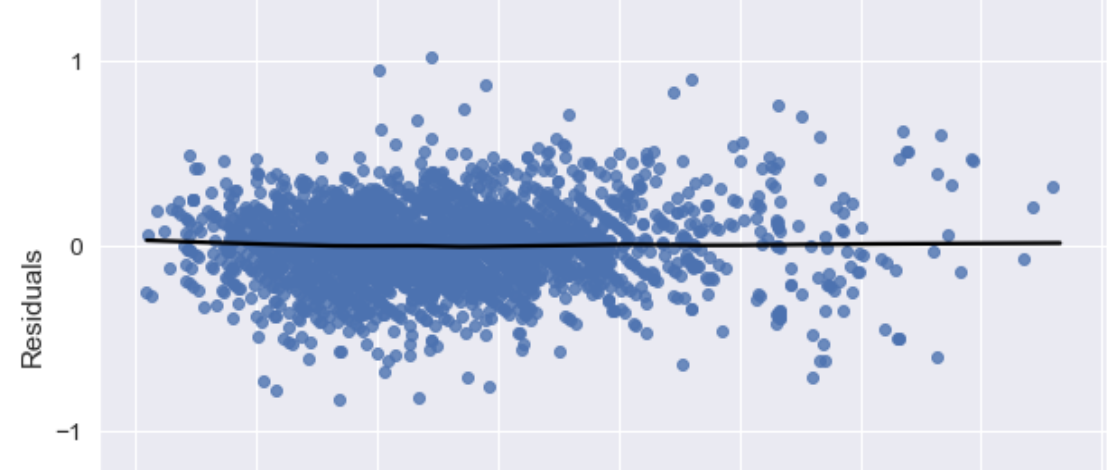|
Asif Ahmed Neloy
I am an Adjunct Faculty member in the Faculty of Land and Food Systems at the University of British Columbia (UBC). I teach programming, algorithms, networking, computer vision, databases, machine learning, and analytics. Outside of research and teaching, my professional track includes senior data science appointments in industry settings. My research focuses on anomaly detection, representation learning, and probabilistic and Bayesian modeling. I have also worked extensively in robotics, recommender systems, health informatics, and computer vision, including earlier collaborations with Dr. Shahnewaz Siddique. In a previous life, I was an Information Analyst and Data Scientist with Advanced Chemical Industries (ACI) PLC, where I led a forecasting accuracy program for supply planning and built a standardized KPI layer with an executive reporting suite. Later, at Daris Properties Ltd. I worked as a Data Analyst with a machine learning concentration, developing portfolio and leasing dashboards and building ML prototypes to support portfolio decision making. I received an MSc in Computer Science from the University of Manitoba under the supervision of Dr. Maxime Turgeon and Dr. Cüneyt Akçora. My thesis studied disentangled VAEs for unsupervised anomaly detection. Email / CV / Bio / Google Scholar / Github |

|
Recent News
|
ResearchMy work centers on anomaly detection, representation learning, and probabilistic or Bayesian modeling, with an emphasis on unsupervised methods and reproducibility. I study auto-encoder families and variational formulations for high-dimensional data, build governed analytics for population health settings, and publish practical comparisons that surface efficiency and trade-offs across model classes.
|
See my Google Scholar profile for the most recent publications.
 
|
Disentangled Conditional Variational Autoencoder for Unsupervised Anomaly Detection
Asif Ahmed Neloy*, Maxime Turgeon, Publised at the 2024 IEEE International Conference on Big Data (IEEE BigData 2024), 2024 GitHub Repo / Publication Generative models have recently become an effective approach for anomaly detection by leveraging auto-encoders to model high-dimensional data and identify anomalies based on reconstruction quality. However, a primary challenge in unsupervised anomaly detection (UAD) lies in learning meaningful, disentangled features without losing essential information. In this paper, we introduce a novel generative architecture that combines the frameworks of β-VAE, Conditional Variational Auto-encoder (CVAE), and the principle of total correlation (TC) to enhance feature disentanglement and retain critical information. Our approach improves the separation of latent features, optimizes TC loss more effectively, and enhances the detection of anomalies in complex, high-dimensional datasets such as image data. Through extensive qualitative and quantitative evaluations in benchmark datasets, we demonstrate that our method not only achieves strong performance in anomaly detection but also captures interpretable, disentangled representations, highlighting the importance of feature disentanglement in advancing UAD. |
 
|
A comprehensive study of auto-encoders for anomaly detection: Efficiency and trade-offs
Asif Ahmed Neloy*, Maxime Turgeon, Machine Learning with Applications, 2024 project page / DOI Link Unsupervised anomaly detection (UAD) is a diverse research area explored across various application domains. Over time, numerous anomaly detection techniques, including clustering, generative, and variational inference-based methods, are developed to address specific drawbacks and advance state-of-the-art techniques. Deep learning and generative models recently played a significant role in identifying unique challenges and devising advanced approaches. Auto-encoders (AEs) represent one such powerful technique that combines generative and probabilistic variational modeling with deep architecture. Auto-Encoder aims to learn the underlying data distribution to generate consequential sample data. This concept of data generation and the adoption of generative modeling have emerged in extensive research and variations in Auto-Encoder design, particularly in unsupervised representation learning. This study systematically reviews 11 Auto-Encoder architectures categorized into three groups, aiming to differentiate their reconstruction ability, sample generation, latent space visualization, and accuracy in classifying anomalous data using the Fashion-MNIST (FMNIST) and MNIST datasets. Additionally, we closely observed the reproducibility scope under different training parameters. We conducted reproducibility experiments utilizing similar model setups and hyperparameters and attempted to generate comparative results to address the scope of improvements for each Auto-Encoder. We conclude this study by analyzing the experimental results, which guide us in identifying the efficiency and trade-offs among auto-encoders, providing valuable insights into their performance and applicability in unsupervised anomaly detection techniques. |
 
|
Feature Extraction and Prediction of Combined Text and Survey Data using Two-Staged Modeling
Asif Ahmed Neloy*, Maxime Turgeon, ICDM, 2022 project page / IEEE Deep learning (DL) based natural language processing (NLP) has recently grown as one the fastest research domain and retained remarkable improvement in many applications. Due to the significant amount of data, the adaptation of feature learning and symmetric data efficiency is a critical underlying task in such applications. However, their ability to extract features is limited due to a lack of proper model formation. Moreover, the use of these methods on smaller datasets is unexplored and underdeveloped compared to more popular research areas. This work introduces a two-stage modeling approach to combine classical statistical analysis with NLP problems in a real-world dataset. We effectively layout a combination of the classical statistical model incorporating a stacked ensemble classifier and a DL framework of convolutional neural network (CNN) and Bidirectional Recurrent Neural Networks (Bi-RNN) to structure a more decomposed architecture with lower computational complexity. Additionally, the experimental results illustrating 96.69 % training and 70.56 % testing accuracy and hypothesis testing from our DL models followed by an ablation study empirically demonstrate the validation of our proposed combined modeling technique. |
 
|
Ensemble learning based rental apartment price prediction model by categorical features factoring
Asif Ahmed Neloy*, HM Sadman Haque, Md Mahmud Ul Islam, ICMLC, 2021 ACM ICMLC Apartment rental prices are influenced by various factors. The aim of this study is to analyze the different features of an apartment and predict the rental price of it based on multiple factors. An ensemble learning based prediction model is created to reach the goal. We have used a dataset from bProperty.com which includes the rental price and different features of apartments in the city of Dhaka, Bangladesh. The results show the accuracy and prediction of the rent of an apartment, also indicates the different types of categorical values that affect the machine learning models. Another purpose of the study is to find out the factors that signify the apartment rental price in Dhaka. To help our prediction we take on the Advance Regression Techniques (ART) and compare to different features of an apartment for establishing an acceptable model. The following algorithms are selected as the base predictors -- Advance Linear Regression, Neural Network, Random Forest, Support Vector Machine (SVM) and Decision Tree Regressor. The Ensemble learning is stacked of following algorithms -- Ensemble AdaBoosting Regressor, Ensemble Gradient Boosting Regressor, Ensemble XGBoost. Also, Ridge Regression, Lasso Regression, and Elastic Net Regression has been used to combine the advance regression techniques. Tree-based algorithms generate a decision tree from categorical 'YES' and 'NO' values, Ensemble methods to boosting up the learning and prediction accuracy, Support Vector Machine to extend the model for both classification and regression approach and lastly advance linear regression to predict the house price with different features values. |
Teaching
|
Guest Lectures and Seminar Presentations
|
Python Packages
|
|
Template credit-Jon Barron! |
© 2025 Asif. All rights reserved.